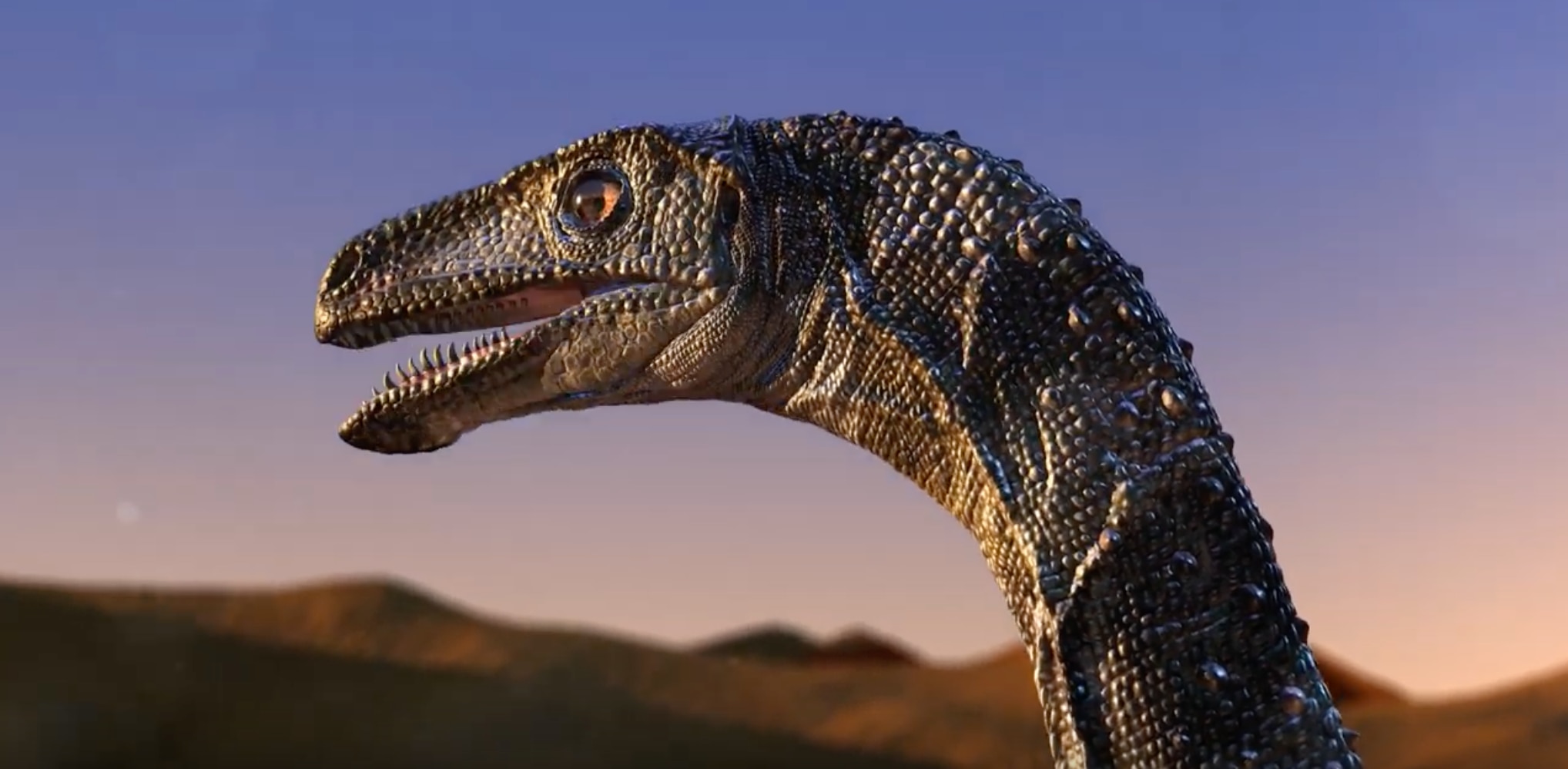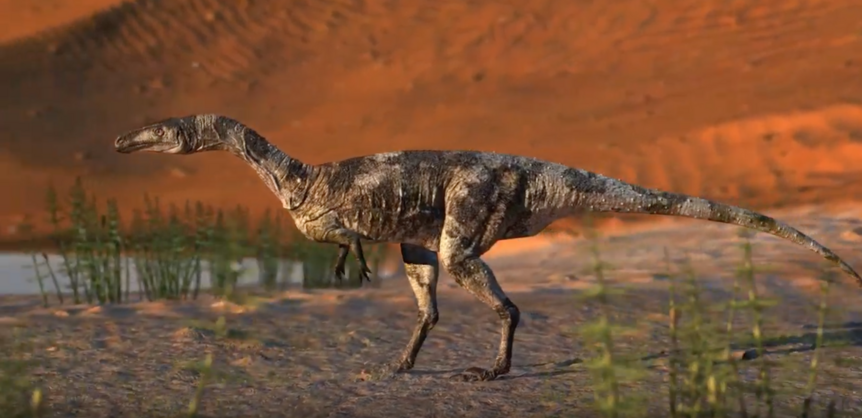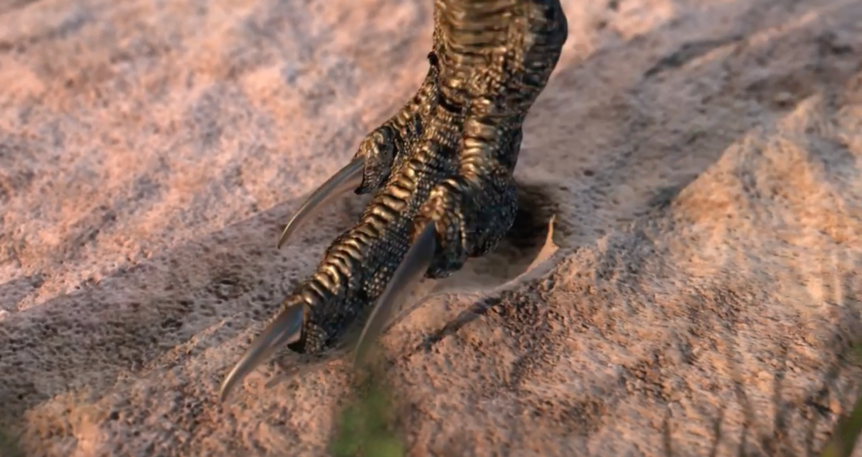Create a free profile to get unlimited access to exclusive videos, sweepstakes, and more!
Paleontologists discover new species of pint-sized prehistoric predator in Brazil

Ancient dino specimens seem to be popping up all over these days, with the announcement of a rare giant prehistoric bird making the rounds last week. Now the startling discovery of a new desert-dwelling theropod has paleontologists positively thrilled over the bones of this tiny terror found in the Bauru Sub-basin of Southern Brazil.
Stalking Brazil's Late Cretaceous period approximately 90 to 85 million years ago, the small. swift-running carnivorous dinosaur had a unique method of ambulation... it used its middle toe! This diminutive-but-dangerous predator is possibly a distant cousin of other apex meat-eaters like T-rex and Velociraptor and has been officially catalogued as Vespersaurus paranaensis.
"Vesper" only measured in at just over five feet long and three feet tall, but its discovery will eventually assist scientists in deducing the specific taxonomical relationships between a relatively obscure segment of theropods known mostly from the ancient Gondwana supercontinent, thus providing new revelations into theropod locomotion.
Reporting in Nature's academic journal Scientific Reports, a team of researchers from the University of San Paolo have deduced that Vespersaurus supported its weight on just one central, weight-bearing toe, labeling it as effectively monodactyl. The other toes associated with balance and support in the Theropoda were much smaller and may even have been lifted off the ground while walking, trotting, and running.
Though only 40 percent of the skeleton was unearthed, these fossils represent one of the finest examples of a member of the Noasauridae family ever found, and the most complete dinosaur specimen discovered from the entire Bauru Sub-basin excavation area.
Talented paleoartist and 3D animator Rodolfo Nogueira crafted a brilliant photo recreation and accompanying animation for the University of what Vespersaurus might have looked like back eons ago. Take a peek at his enlightening handiwork in the video below:
The etymology of Vespersaurus paranaensis was taken from the words “vesper” (Latin for Evening Star or West) and “sauros” (Greek for Lizard), and is linked to the name of the village, Cruzeiro do Oeste (Spanish for Western Cross), where these fossils were dug up. Paranaensis refers to the specific Paraná state where the town is located and this find represents the very first non-avian dinosaur from that region of Brazil.
An examination of the foot bones and toes extracted from the site along with cranial and dental specimens suggests this dinosaur's distinctive monodactyl stance is an anatomical adaptation to the parched, arid environment in which it once roamed.
How do you like this little Brazilian badboy and can you see a resemblance to its distant and more famous prehistoric relatives?
















